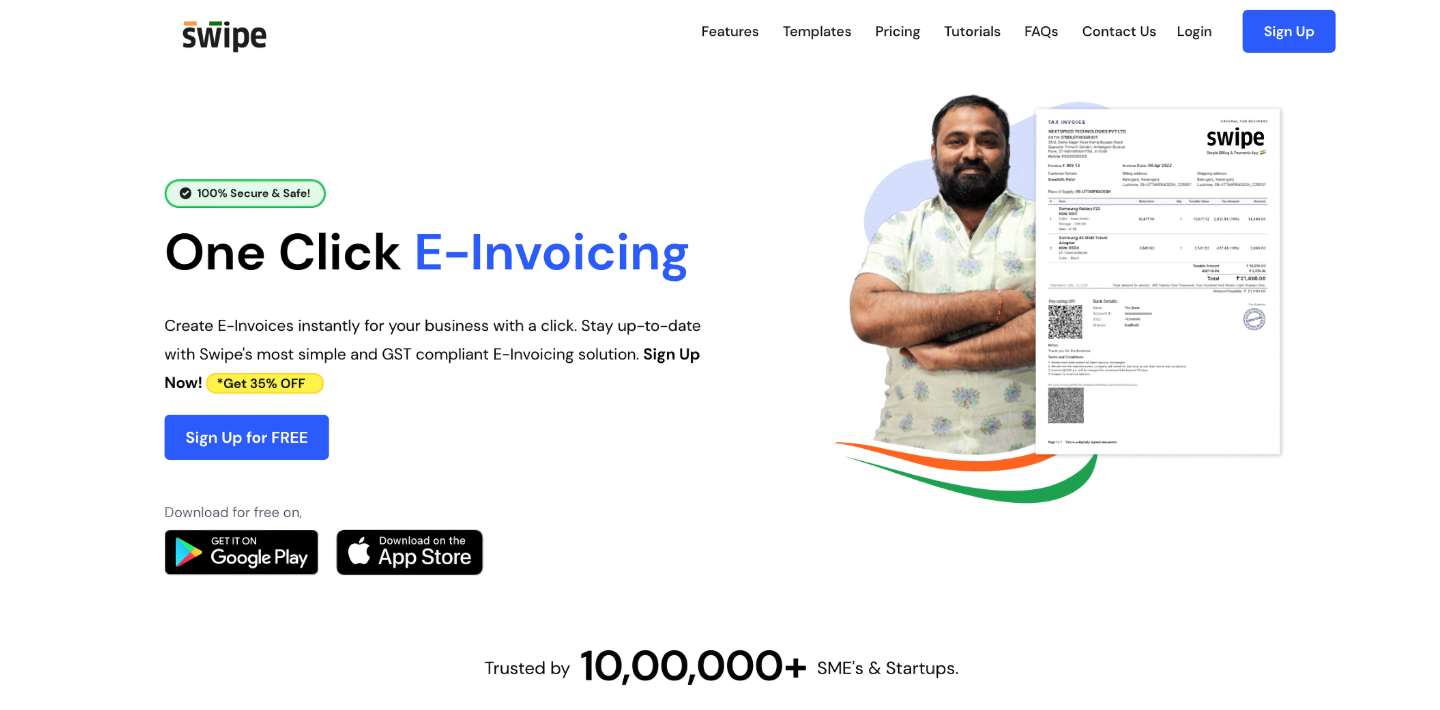
Public relations (PR) agencies are crucial in shaping a brand’s image and reputation. But in an industry driven by communication, how can you ensure your PR agency is making a real impact? The answer lies in metrics and measurement, the compass that guides your agency toward success. Let’s explore the world of data-driven insights, exploring how PR agencies use metrics to achieve their clients’ goals and deliver tangible results.
Why Metrics Matter in PR
Let’s start with the basics: Why do metrics and measurement matter so much in PR? It’s simple – they provide a clear, quantifiable picture of your agency’s performance. Without data, you’re navigating the PR landscape blindly, hoping your efforts are paying off. Metrics help you cut through the noise and get a real sense of your campaigns’ performance.
Defining Success: Setting Clear Objectives
Before diving into metrics, defining what success means for your PR agency and your clients is essential. This involves setting clear objectives. Are you aiming to increase brand awareness, drive website traffic, boost sales, or something else? Every campaign should have specific, measurable goals. Once you’ve defined these objectives, you can choose the metrics that align with them.
The Power of Earned Media: Measuring Media Coverage
One of the primary goals for many PR agencies is to secure media coverage for their clients. Media coverage can significantly impact brand visibility and credibility. But how do you measure something as intangible as media coverage?
One way is to track the number of media placements your agency secures for your clients. This metric, often called “media mentions,” quantifies how often your client’s brand or story appears in the press. To take it a step further, you can also evaluate the quality of these mentions. Are they positive, neutral, or negative? Understanding sentiment is crucial in assessing the impact of media coverage.
Social Media Engagement: Beyond Likes and Shares
We live in the digital age- and social media is a PR powerhouse of this world. It’s where conversations happen, and brands can engage directly with their audience. To measure the success of your social media efforts, you can rely on more than just likes and shares. These are superficial metrics that don’t necessarily translate to real business outcomes.
Instead, focus on more meaningful metrics like engagement rate, click-through rate (CTR), and conversion rate. Engagement rate measures how actively your audience interacts with your content. CTR tells you how effectively your social media posts drive traffic to your website. And conversion rate tracks how many of those visitors take a desired action, such as signing up for a newsletter or making a purchase.
Website Traffic and SEO: The Online Footprint
Your client’s website is their digital storefront, and increasing traffic is often a crucial PR objective. Tracking website metrics can provide valuable insights into the effectiveness of your campaigns. Tools like Google Analytics can help you monitor website traffic, page views, and bounce rates.
For instance, if you are working with a public relations firm in Chicago, you would want to analyze how your PR efforts impact the website traffic for your client’s Chicago-based audience. This regional focus ensures that your strategies are resonating with the right audience.
Search engine optimization (SEO) is another essential aspect of online success. Track keyword rankings, organic search traffic, and the number of backlinks to your client’s website. Improving these metrics can lead to higher visibility in search engine results, driving more organic traffic and potential customers.
Measuring Influencer Impact: Collaboration Metrics
Collaborating with influencers has become a popular PR strategy. But how can you measure the impact of influencer partnerships? Start by tracking metrics like reach, engagement, and follower growth. These metrics help gauge the effectiveness of influencer campaigns in expanding your client’s brand reach and engaging their target audience.
Moreover, track referral traffic from the influencer’s content to your client’s website. This reveals whether the partnership drives potential customers to your client’s online platforms. It’s all about connecting the dots between influencer activity and tangible business outcomes.
Conversion Tracking: Turning Prospects into Customers
Ultimately, the success of your PR efforts boils down to conversion. It’s not just about creating awareness but also about converting prospects into paying customers. Set up tracking for specific actions on your client’s website to measure conversions, such as form submissions, downloads, or purchases.
Use tools like Google Tag Manager and event tracking to monitor these conversions. By tying PR campaigns to concrete actions, you can demonstrate the direct impact of your efforts on your client’s bottom line.
The PR Agency Dashboard: Centralizing Data
With many metrics to track, having a centralized dashboard that provides real-time insights is essential. This dashboard should be customized to align with your client’s objectives, displaying key metrics in an easily digestible format.
For example, a dashboard can help you compare performance across clients and identify areas that need improvement if you run campaigns for multiple clients. It also enables you to share transparent reports with clients, reinforcing the value of your agency’s services.
Iterate and Optimize: The Continuous Improvement Loop
Measurement isn’t a one-time endeavor; it’s an ongoing learning and improvement process. Regularly review your metrics, identify trends, and adjust your strategies accordingly. For example, if you notice that certain types of content consistently drive high engagement on social media, consider doubling down on that content strategy.
The same principle applies to media outreach. If you are a public relations firm in Chicago, assess which media outlets yield the most coverage for your clients in the Chicago area. By identifying these trends, you can allocate resources more effectively and maximize your impact.
The Human Touch: Beyond the Numbers
While metrics and measurement are essential, it’s crucial to maintain sight of the human element in PR. Building relationships, crafting compelling narratives, and understanding your audience’s emotions are equally vital aspects of PR success.
Like many others, public relations firms in Chicago recognize that data-driven insights are just one piece of the puzzle. True magic happens when you combine these insights with the art of storytelling and the ability to connect on a human level.
Bottom Line
In a nutshell, metrics and measurement are the North Star for PR agencies and their clients. They provide the guidance needed to navigate the ever-evolving landscape of public relations. By setting clear objectives, tracking meaningful metrics, and using data to optimize strategies, PR agencies can deliver measurable results that drive their clients’ success. However, it’s essential to remember that while data is powerful, the human touch remains at the heart of effective PR. So, look for public relations firms Chicago that can effectively use data to ensure your success in the industry.















